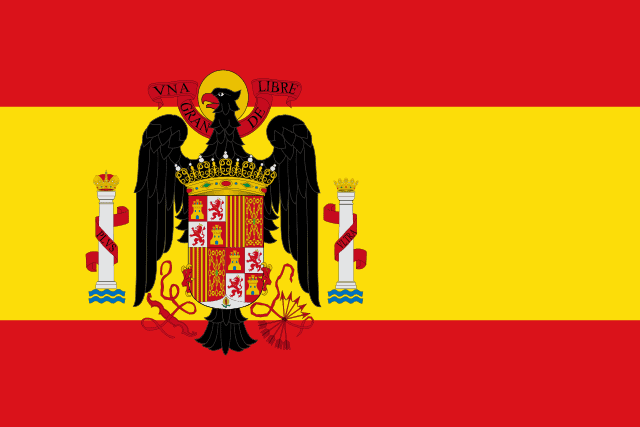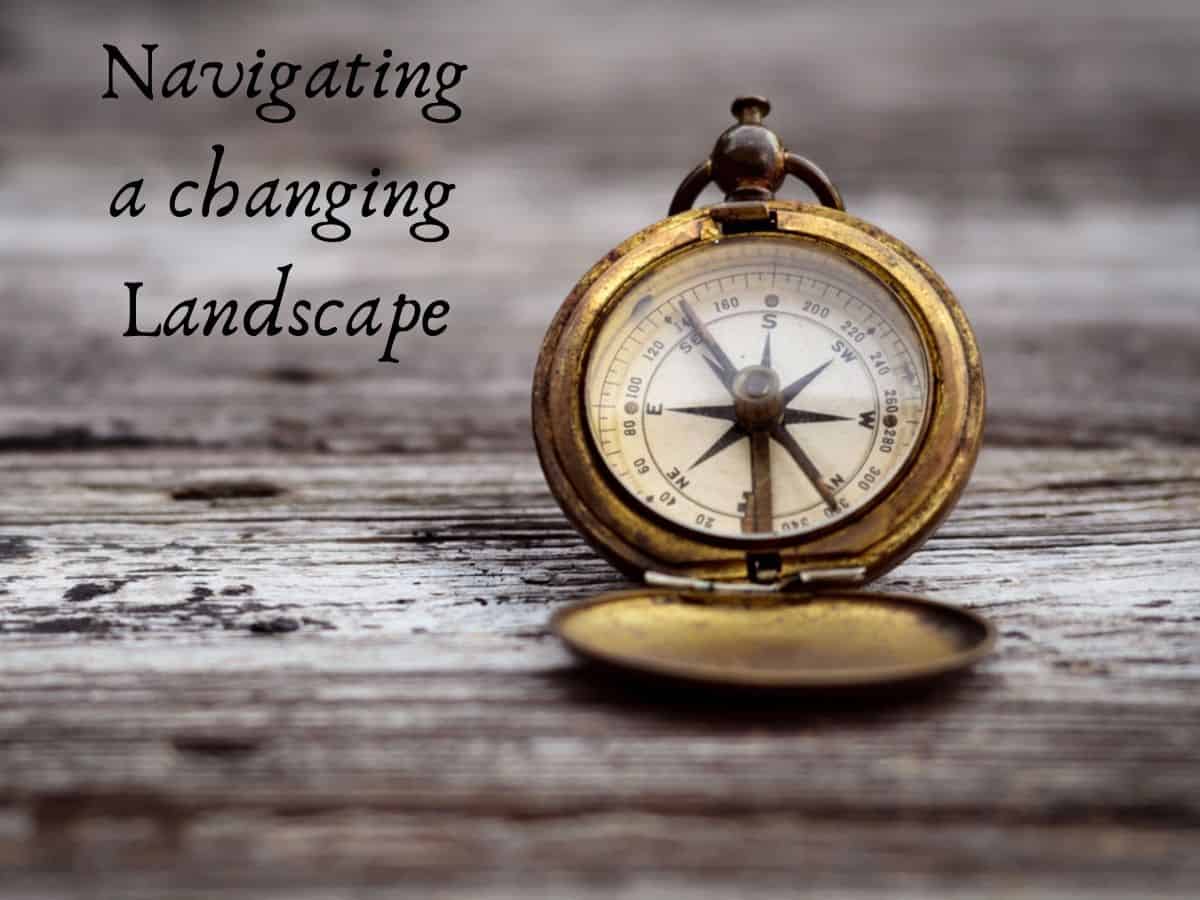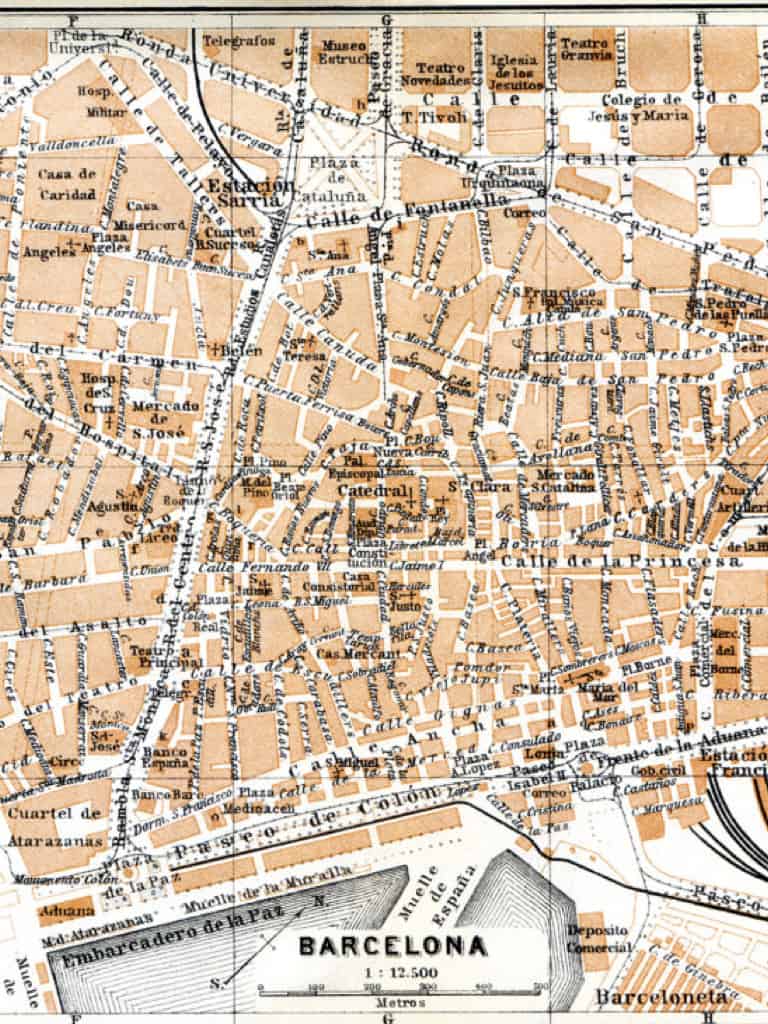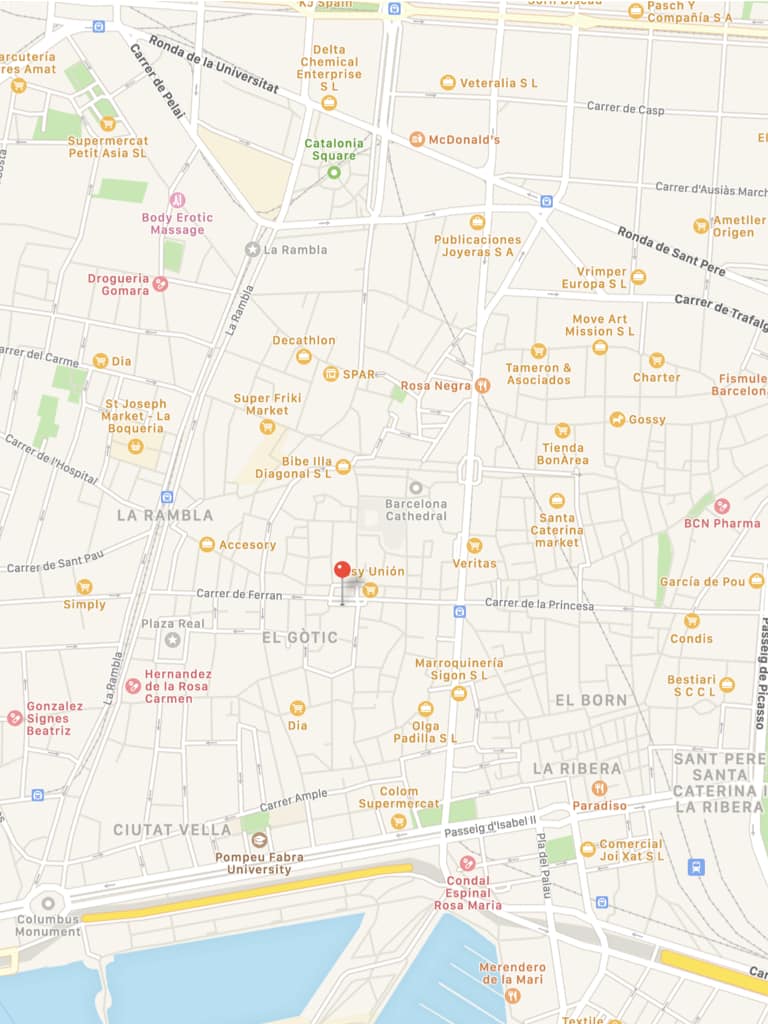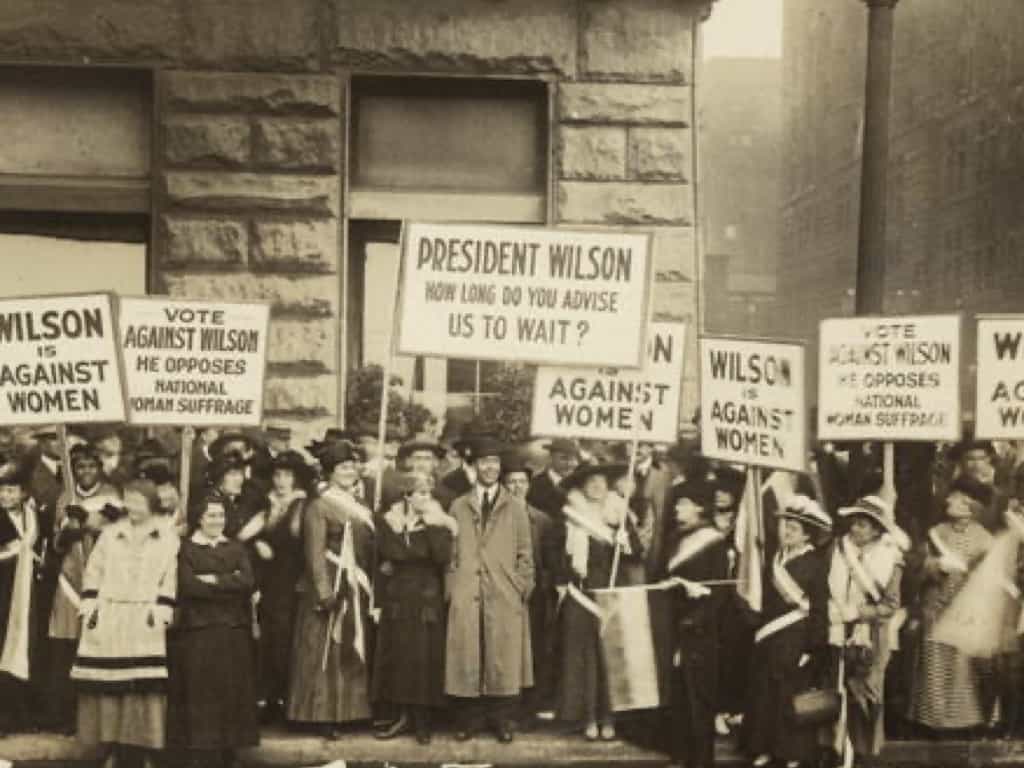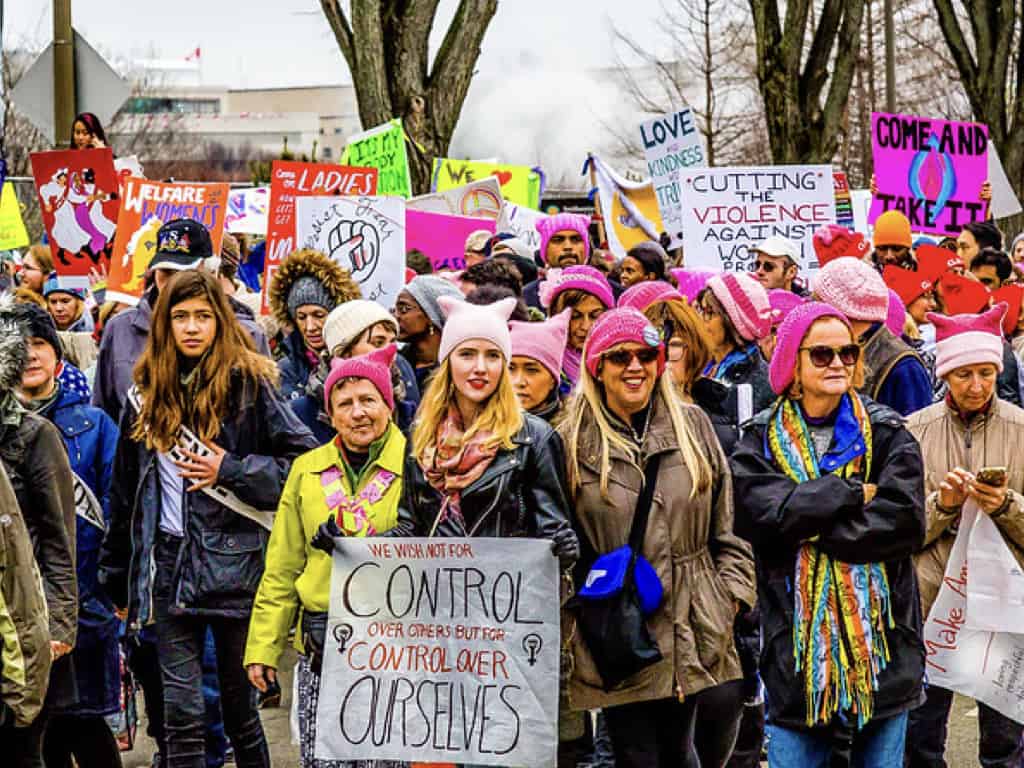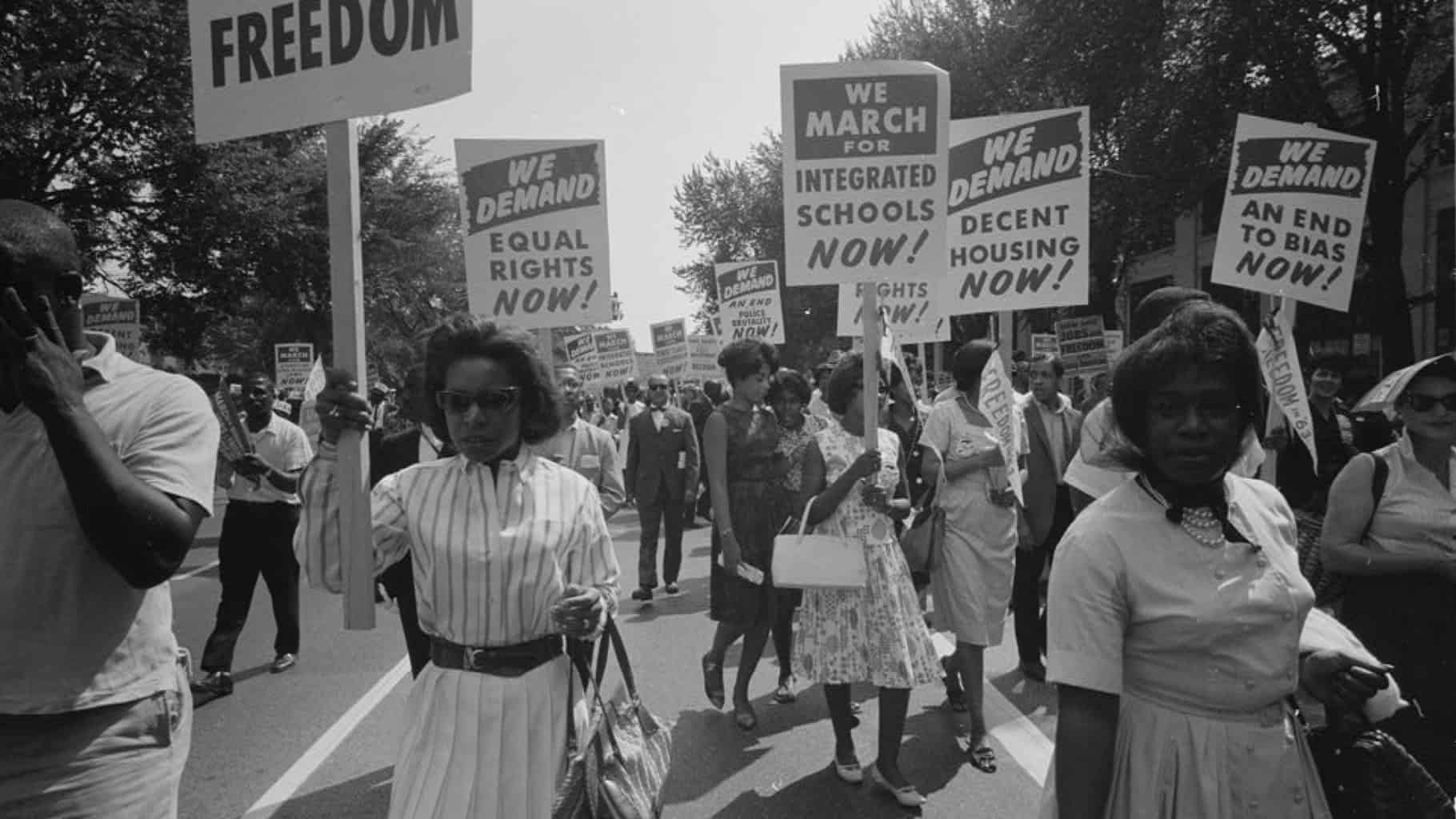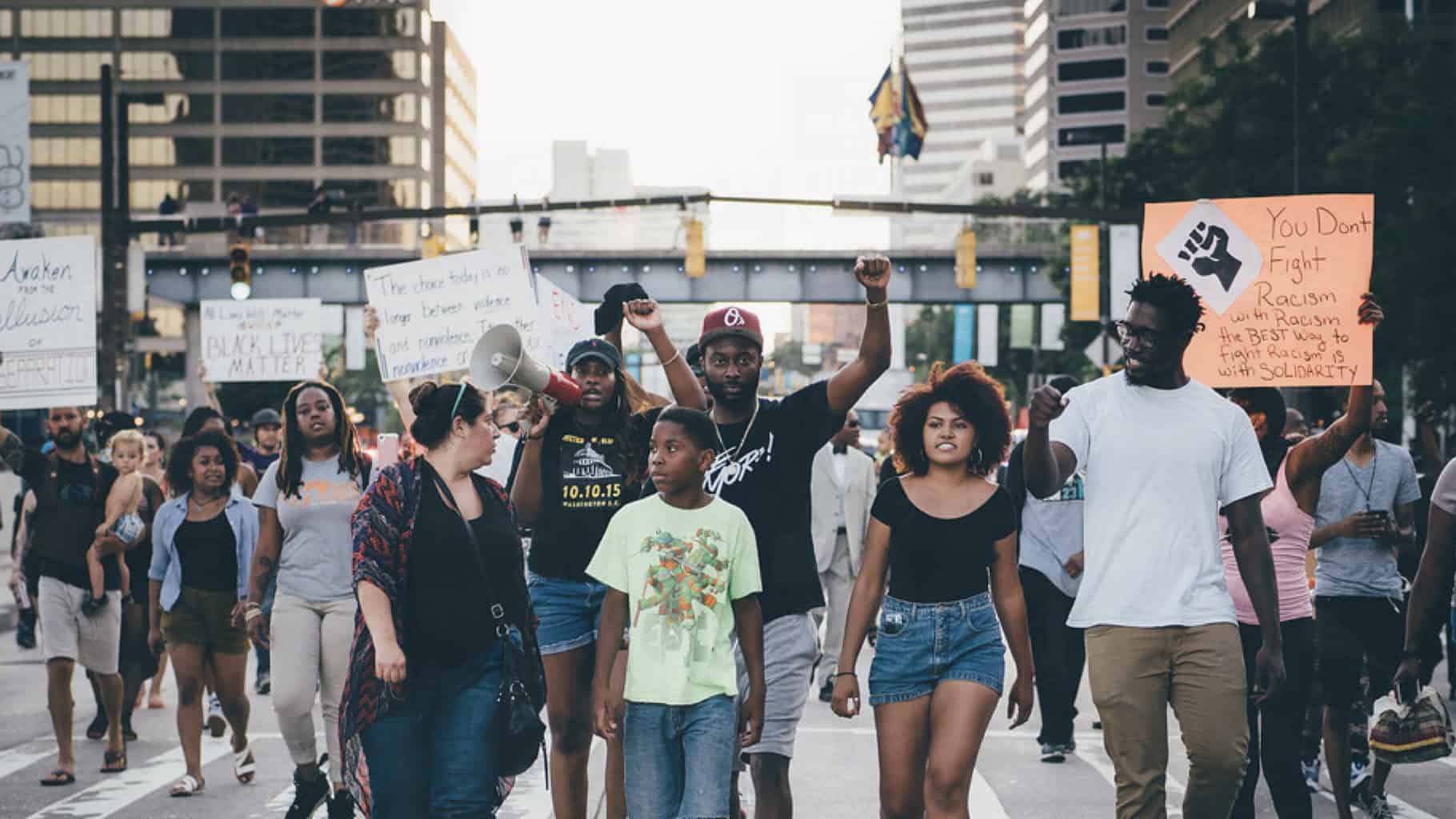Comprehending the meaning of historical photographs can be a difficult task, especially from periods of war where photos are often chaotic and disheveled. But within each photo, there are context clues that give insight into the true meaning of the image. The Spanish Civil War serves as a key example of a war with a murky historical record, but imagery and symbolism from both the Republican and the Nationalist side allows us to get a better picture of the identities of the people in these photographs.
Image 1: Oil painting of General Francisco Franco (circa 1936-1939)


Question: What does this symbol mean?
Depicted on Franco’s shirt pocket is a yoke with five arrows, the symbol of Falagism, which was a conservative fascist ideology promoted by the Nationalists during the war. This clearly indicates Franco’s political alignment, ideology, and the side of the war he promotes.

Question: What is the significance of his hat?
Franco is also wearing a Carlist red beret, which also became part of the uniform for Nationalist soldiers. As their leader, Franco is exemplifying the clothing this soldiers wore throughout the war.
Image 2: Republican Soldiers Resting in France (1939)


Question: Who are these men? What do they stand for?
These soldiers are all holding up their fists to indicate the Communist salute. Communists were one of the biggest groups in support of the Spanish Republic. In addition, the lack of a common uniform– such as Franco’s Nationalist uniform– further indicates that these are : Republican soldiers.
Image 3: Comparing Republican and Nationalist flags
Question: What does each flag symbolize?
On the left is the flag of the Second Spanish Republic, which was replaced after the Spanish Civil War by the flag of Franco’s dictatorship, pictured on the right. These two flags were used simultaneously during the war to differentiate between sides. Spotting these flags (or variations of them) in photographs can be useful for providing context of the identity, ideology, location, and time of people or items pictured.



